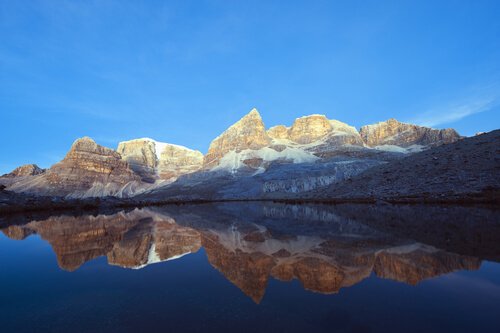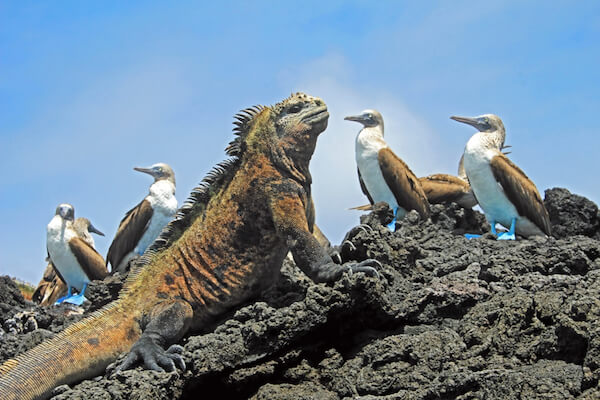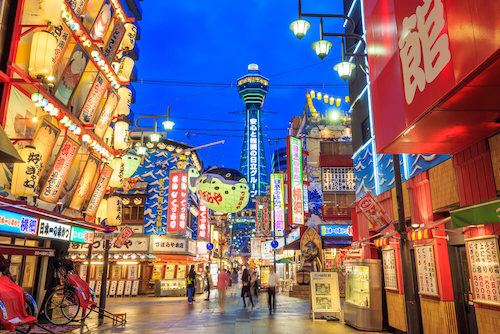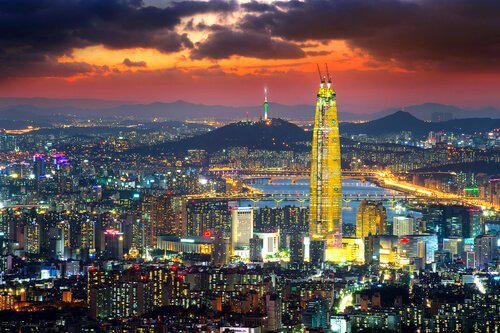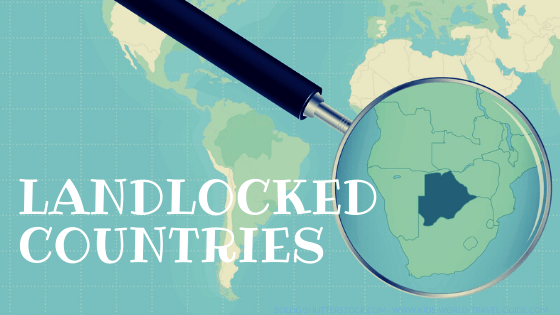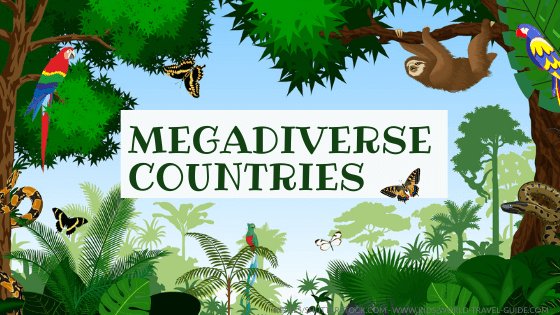Pacific Ocean Facts for Kids
15 Facts about the Pacific Ocean
Here are our Pacific Ocean Facts for Kids with lots of useful info for your school projects and we hope to inspire you for your next travels. Read on this page what everyone definitely should know about the Pacific Ocean.
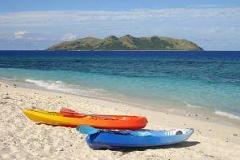 Fiji Island in the Pacific Ocean
Fiji Island in the Pacific Ocean1. Location: Where is the Pacific Ocean? The Pacific Ocean is located between Americas to the East of the Pacific Ocean basin and the Asian and Australian continents to the West.
The Equator divides the Pacific Ocean into the North Pacific Ocean and the South Pacific Ocean. Below you can see a world map showing the Pacific Ocean:
Simply click the + and - signs on the left of the map and zoom into the map to see more about the bordering countries and to locate some of the islands we mention in the text below.
2. The Asian and Australian continents as well as the North American and the South American continents border the Pacific Ocean.
3. Countries that border the Pacific Ocean include among many others: Chile, Ecuador, Peru, Papua New Guinea, Japan, Australia and the USA. Five states of the USA border the Pacific Ocean: Alaska, Washington, Oregon, California and Hawaii.
 Pacific Ocean near San Diego/USA
Pacific Ocean near San Diego/USA4. Name: What does pacific mean? Pacific means "peaceful", coming from the Latin word pace which stands for "peace". The Pacific Ocean received its name from the Portuguese explorer Ferdinand Magellan in 1521 who called the ocean "mar pacifico" which means "peaceful sea".
5. Size: How big is the Pacific Ocean? The Pacific is the biggest ocean on earth and covers about 28% of the earth’s surface. With a surface of 169,479,000 sqkm/ 65,436,200 sqmiles this ocean covers almost half of the Earth’s water area.
Did you know that the size of the Pacific Ocean is bigger than the total size of the landmass of all the continents together? This ocean is about 15 times larger in area than the USA.
 Pacific Ocean dolphins
Pacific Ocean dolphins6. Depth: How deep is the Pacific Ocean? The Pacific is not only the biggest but also the deepest ocean with the deepest trenches. The average depth is about 3,800 m/ 12,467 ft.
7. The Challenger Deep in the Mariana Trench, which is located to the West of the Philippines and north of New Guinea, is the deepest point in the Pacific Ocean with 10,920 m/ 35,827 ft. It is the lowest part of the earth crust and was formed by the collision of two tectonic plates. Why is it called 'Challenger Deep'? Because it was researched by the British navy ship named HMS Challenger in 1875.
 Volcanoes on Maui
Volcanoes on Maui8. Volcanoes: About 75% of the volcanoes on earth are located in the Pacific Ocean basin. The volcanoes here are located 'like an open ring' around the rim of the ocean basin and therefore we call this area the Pacific Ring of Fire.
9. What is the Ring of Fire? This is a belt of volcanoes along the rim of the Pacific Ocean. This belt is more than 40,000 km/ 25,000 miles long and about 500 km/ 310 miles wide.
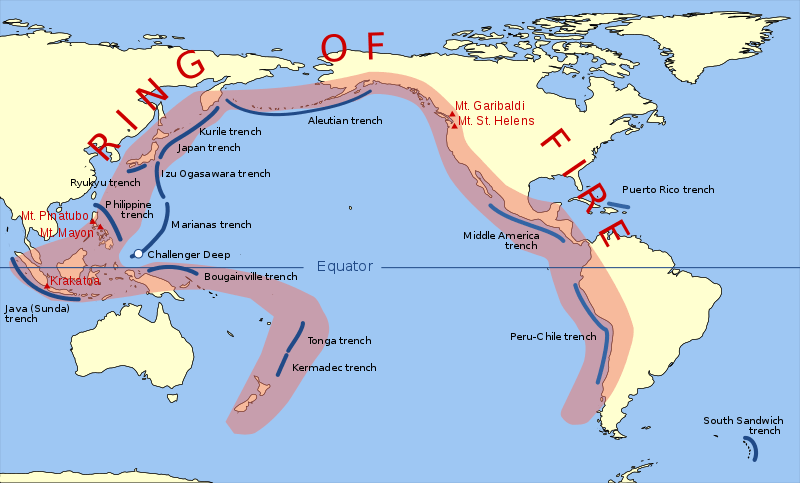 Pacific Ring of Fire
Pacific Ring of FireDue to volcanic activity, many earthquakes happen in this area. The ocean plate moves under the tectonic plates of the continents as well and when this happens, a tsunami occurs. A tsunami close to the coastline usually causes terrible destruction when hitting the land.
 Lava flow on Big Island Hawaii
Lava flow on Big Island HawaiiMore Pacific Ocean Facts
 Pacific Island of Oahu
Pacific Island of Oahu10. Temperature: How warm are the waters of the Pacific Ocean? The temperatures of the Pacific Ocean depend on the location. The nearer to the Equator the warmer the water tends to be.
In some regions, the water temperatures reach up to 30°C/ 86 F, while near to the poles the water temperature decreases to freezing point. The lowest temperature measured was minus 2°C!
 Nudibranch on a coral reef in the Pacific Ocean
Nudibranch on a coral reef in the Pacific Ocean11. Islands in the Pacific: Most of the islands in the world are found in the Pacific Ocean. There are more than 25,000 islands in the Pacific and most of them are found south of the Equator in the Southern Pacific.
Did you know that Indonesia alone accounts for 17,508 islands and Japan has around 3,000 islands?
 Four king islands in Papua/Indonesia - image by Lim W
Four king islands in Papua/Indonesia - image by Lim W12. There are three big island groups in the Pacific Ocean. These are called Polynesia, Micronesia and Melanesia.
The largest island in the Pacific Ocean is New Guinea which is part of Melanesia. The western parts of the island of New Guinea belong to Indonesia and the eastern part of the country houses an independent country called Papua New Guinea.
13. Pacific Ocean Facts: Most of the world’s atolls are situated in the Pacific ocean. Atolls are coral islands in the ocean which are surrounded by a lagoon. As atolls are only found in warm ocean water, the southern most atoll are the Coral Sea Islands to the West of the Barrier Reef in Australia. Below you can see a lagoon in Fiji.
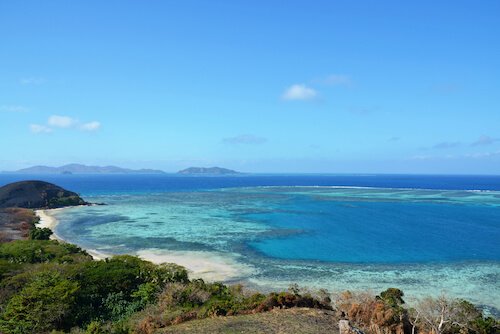 Lagoon and Coral Reef near Fiji
Lagoon and Coral Reef near Fiji14. Archipelagos: The Pacific Ocean includes many large groups of islands, which are called archipelago. Among these numerous islands that form an archipelago are for example the Fiji Archepelago or the Hawaiian Archipelago.
The world's largest archipelago is the Malay archipelago which includes the Indonesian islands. The Pacific Ocean houses some of the largest island countries in the world that consist mainly of archipelagos or clusters of islands. These countries are called archipelagic states and include Indonesia, Japan, the Philippines and New Zealand. Indonesia is the largest archipelagic state in the world!
 Pacific Ocean Corals
Pacific Ocean Corals15. Pacific Ocean Facts: The Great Barrier Reef in Australia is the largest reef in the world stretching over more than 2,300 km/ 1,429 miles and includes more than 1,000 islands.
What is the Great Barrier Reef? The world's largest coral reef system was proclaimed a UNESCO World Heritage Site in 1981 and is now a protected area.
Corals, tiny marine animals, also form many atolls in the Pacific Oceans. Did you know that most of the world’s supply of fish is caught in the Pacific?
Pacific Ocean - Quick Quiz
- Which continents border the Pacific Ocean?
- What does the word 'Pacific' mean?
- How much of the Earth's surface is covered by the Pacific Ocean?
- What is the name of the deepest point of the Pacific Ocean and where is it roughly located?
- What is the 'Ring of Fire'?
- What is the name of the largest island in the Pacific?
- How many islands are in the Pacific Ocean?
- Name three major island groups of the Pacific Ocean.
- Which country is the world's largest archipelagic state?
- What and where is the Great Barrier Reef?
Find the answers in the text blocks above. Got it right? Then move on to more Ocean Facts and our Oceans Quiz:
Popular Pages
Resources | Pacific Ocean Facts
Good resources for the Pacific Ocean Facts page are:
- National Ocean Service. "How did the Pacific Ocean get its name." NOAA. Last accessed 23 May 2022
- Central Intelligence Agency. "Pacific Ocean". World Fact Book. Last updated 16 May 2022. Last accessed 23 May 2022
Picture Credits for Pacific Ocean Facts Page: shutterstock.com and own. Small inserts: 1. Pacific Ocean Fiji by Mike Mackinven, 2. Pacific Ocean San Diego by Chris Root, 3. Maui Volcano by Chris LaCroix, 4. Pacific Oahu by Keith Syvinski, 5. Corals by Alexander Rist
Back from Pacific Ocean Facts to General Ocean Facts for Kids
Return from Pacific Ocean Facts to Kids-World-Travel-Guide Homepage
Competition 2024 is open!

***
Countries bordering the Pacific Ocean
***
***
 Share this article with your family, friends and students. Simply copy and past this text: <a href="https://www.kids-world-travel-guide.com/pacific-ocean-facts.html">Kids World Travel Guide: Pacific Ocean Facts for Kids</a> Thank You for spreading the word:-) |
Like us on Facebook
Competition 2024



















